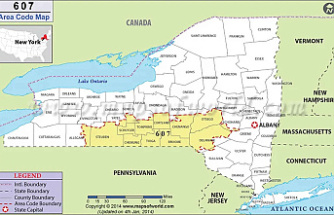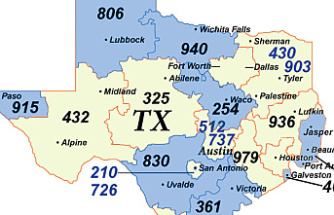After struggling for three years to contain the growing crisis, Mayor de Blasio on Tuesday unveiled a wide-ranging plan to tackle record-high homelessness, but one that aims to reduce the shelter population by just 4 percent over the next five years.
That means moving 500 homeless individuals out of shelters per year — or 2,500 out of roughly 60,000 individuals — through 2021.
The plan, detailed in a 128-page report that makes no mention of the price tag, includes moving roughly 17,500 homeless people out of 360 commercial hotels or regular apartment complexes with units reserved for the homeless by 2023.
Those lost units will be replaced by 90 new shelters opened over the next five years — 25 of them through new construction — and with a focus on distributing them more equitably throughout the city.
The report cautions that since many of the units to be replaced are in The Bronx and central Brooklyn, and many of the hotels are in Queens, those neighborhoods “should expect new shelters to open in their neighborhoods.”
An additional 30 existing shelters will be expanded over a 7-year period, according to the plan.
“There are no silver bullets here. We will not solve this crisis over night. It will be a long, hard fight,” says the plan, which is titled “Turning the Tide of Homelessness in New York City.”
Officials acknowledge the political challenges caused by the concerns that typically greet the siting of shelters throughout the city, but note that the burden isn’t equally shared across the city.
The report says seven community districts have no shelters, while many others have just a few — and calls for a “borough-based” solution that officials acknowledge will take time to implement.
“Ultimately, the city plans to develop community districts’ shelter capacity consistent with their residents’ need for shelter, while ensuring that communities do their fair share,” the report reads. “Our goal will be to keep residents in the boroughs they called home when possible, so that breadwinners do not lose jobs, children do not have to switch schools or experience long commutes and people can also be close to their medical needs and preferred places of worship.”
Councilman Donovan Richards (D-Queens) said the two biggest obstacles to siting the 90 shelters will be winning residents’ hearts and minds and finding locations that make sense.
“There are going to be some communities that no matter what you do, they’re going to have a NIMBY attitude,” he said, short for “Not in my backyard.”
“It’s the misconception that all homeless people are horrible people,” added Richards.
Finding property will also be tough, and when the city does, location-specific logistics could also be a headache.
Richards used the example of putting an all men’s shelter across the street from a girl’s school as a likely non-starter for residents.
The report says the city knows it needs to improve its communication with residents before opposition foments — which it will do in part by providing 30 days’ notice to community leaders of any new shelter sitings.
Additional reporting by Michael Gartland
Our editors found this article on this site using Google and regenerated it for our readers.












